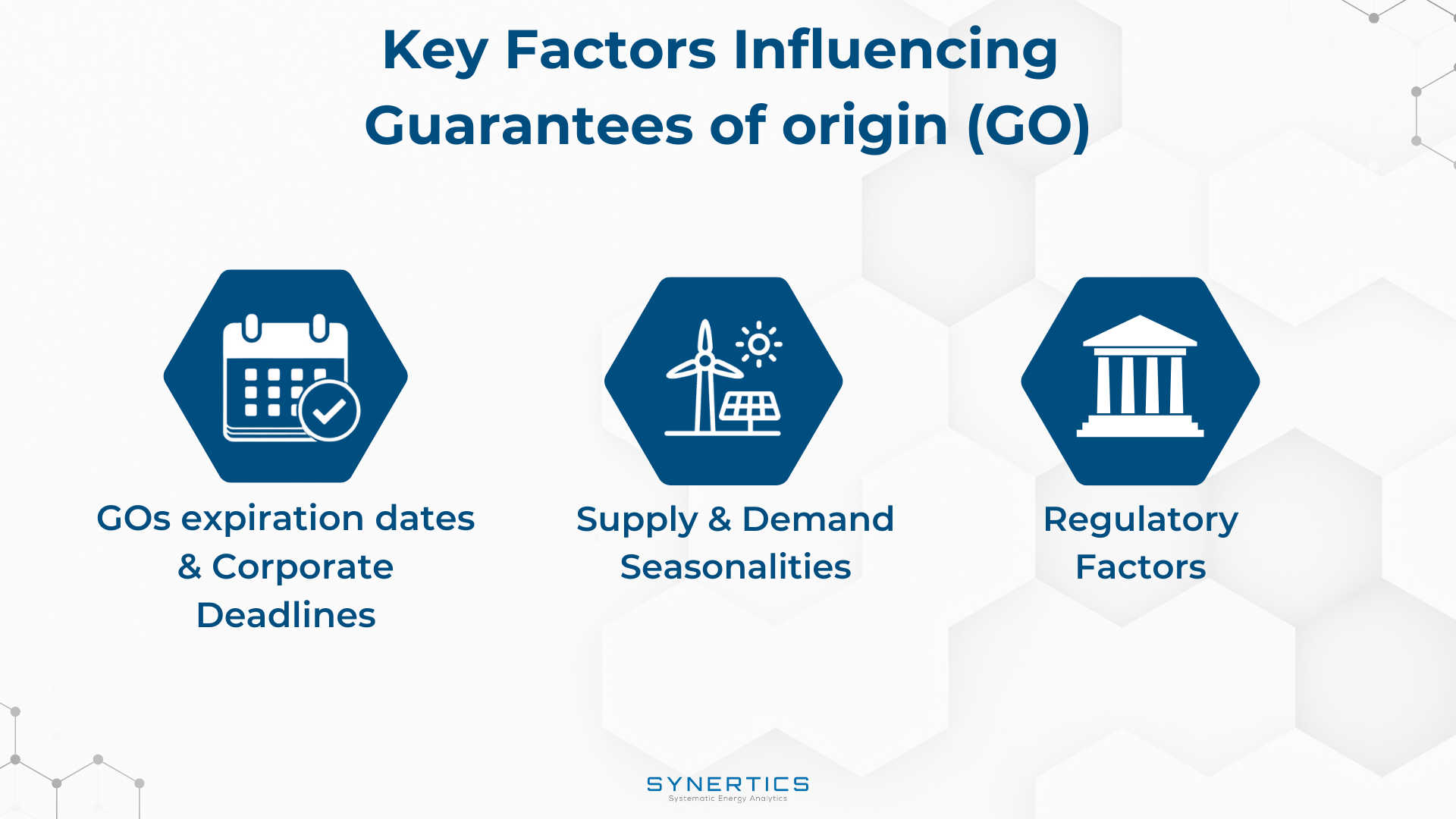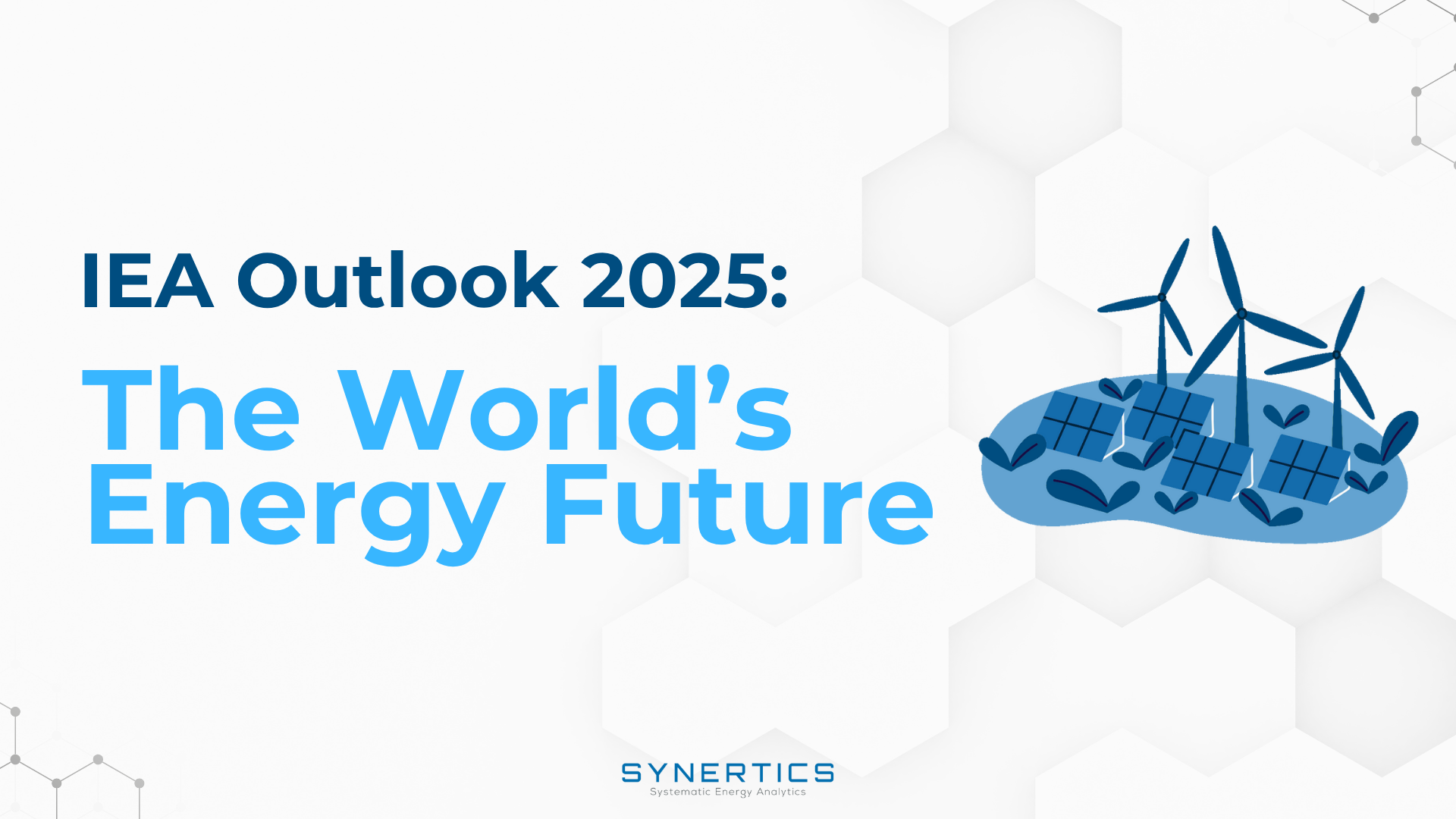Join us on our journey towards renewable energy excellence, where knowledge meets innovation.
To minimize the risk of default, the generator and offtaker must evaluate credit risk and agree on suitable risk-sharing measures within the PPA agreement. Therefore, we have listed a few common strategies that will help mitigate this risk.

In the search for a better understanding of credit risks surrounding the PPA market, this series will look into Expected Loss. Each part of the series will focus on 1 of the 3 factors that influence it, in this case, we will dive deeper into the Loss Given Default.
"Expected loss is not, as such, a calculation of risk, but it is rather a forecast of usual losses." - Moody's Analytics
EL multiplies the chance of default by what is lost in the case of default and the exposure at the default.
It varies over time and it's driven by 3 main factors:
Expected Loss = Probability of Default x Loss Given Default x Exposure at Default
For now, let's focus on the Loss Given Default.
In the context of PPAs
Refers to the amount of financial loss incurred by the non-defaulting party in the event of a default by the defaulting party.
Why is LGD an important point in assessing the credit risk associated with a PPA?
Lenders and investors use this metric to evaluate the potential financial impact of default and to determine the appropriate risk premium, interest rates, or insurance costs associated with financing or investing in a project with a PPA.
The primary distinction between LGD and EAD is that any recovery on the default is taken into account in LGD.
While EAD is the more conservative measurement, the LGD, which is based on a number of assumptions, is frequently the best-case scenario.
The EAD is the amount of a loan of a given asset that was still outstanding after a borrower defaulted. However, if the non-defaulting party can sell the asset later and recover some of the EAD, that will be taken into account when determining LGD.
A wind farm has entered into a PPA with a utility company to purchase a certain amount of electricity from the wind farm over a long-term period.
In this scenario, the LGD represents the potential loss the wind farm would face if the utility company defaults on its payment obligations.
Let's assume the wind farm has a contracted revenue of €1.000.000 per year under the PPA, and the LGD associated with this PPA is estimated at 20%.
In this case, the LGD can be calculated as follows:
LGD = (Total Contracted Revenue - Recovered Amount) / Total Contracted Revenue
LGD = (€1,000,000 - €800,000) / €1,000,000
LGD = €200,000 / €1,000,000
LGD = 0.2 or 20%
Hence, the Loss Given Default for this PPA is 20%
If the utility company defaults, the wind farm would experience a loss of 20% of the contracted revenue despite its recovery efforts.
The calculation of LGD depends on various factors and can vary depending on the specific terms outlined in the PPA, such as:
Remedial actions:
Such as procuring electricity from alternative sources or recovering damages through legal means. The potential success and costs associated with these remedial actions are factored into the LGD calculation.
Liquidation value:
If the power producer defaults, the non-defaulting party may need to liquidate the defaulting party's assets or sell the power plant or its rights to recover the losses. The estimated liquidation value of these assets is taken into account in calculating the LGD.
Contractual terms:
The PPA may include provisions that define the compensation or penalties in case of default. These terms, such as termination fees or predetermined damages, influence the LGD calculation.
Market conditions:
If electricity prices are high, it might be easier for the non-defaulting party to mitigate losses by purchasing power from alternate sources. On the other hand, if electricity prices are low, the loss incurred due to default could be higher.
LGD in the PPA context helps project developers, investors, and lenders assess the potential loss in revenue due to counterparty default.
Allows to estimate and manage credit risk, determine appropriate pricing and security measures, and make informed decisions to mitigate potential losses associated with defaulting counterparties in the PPA market.

Insights, Market-trends
15th Dec, 2025

Insights
2nd Dec, 2025

Insights
19th Nov, 2025